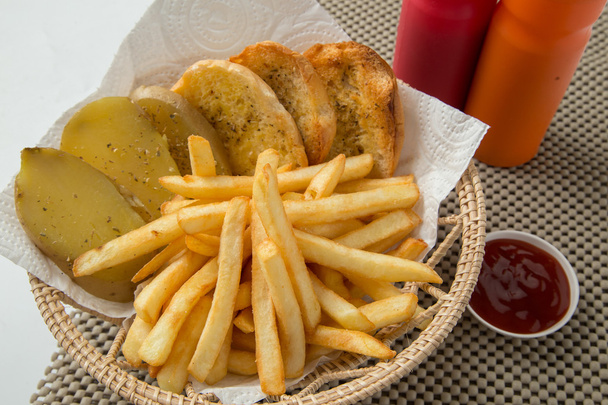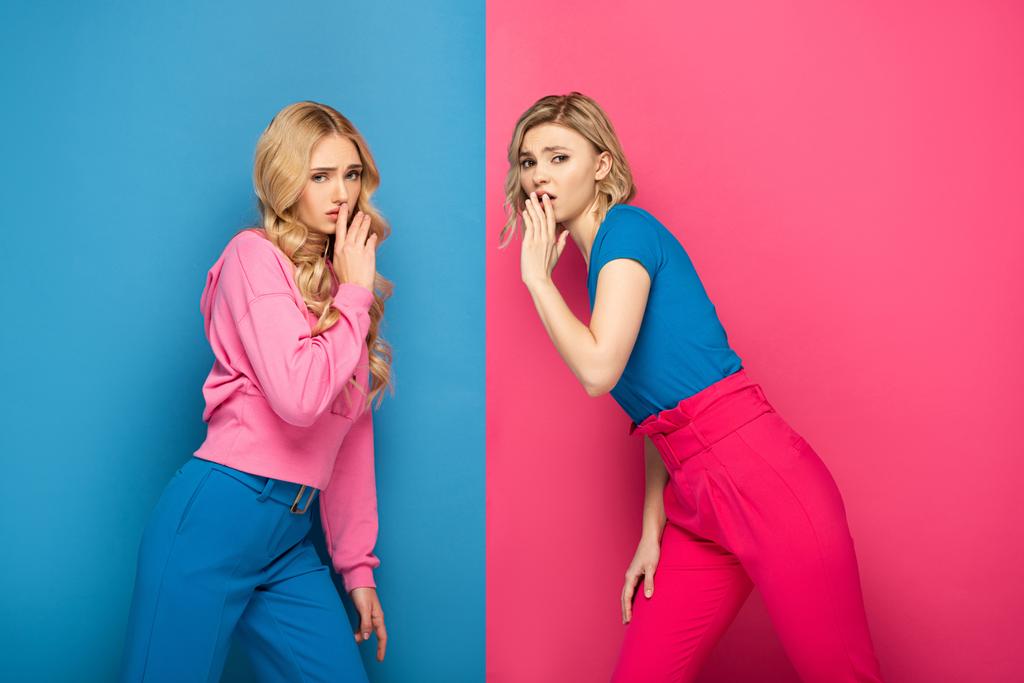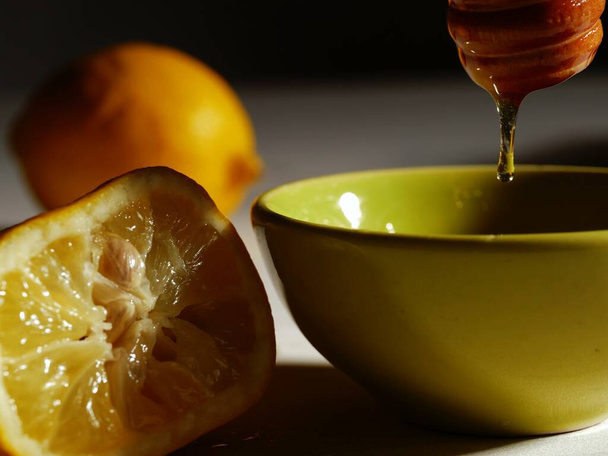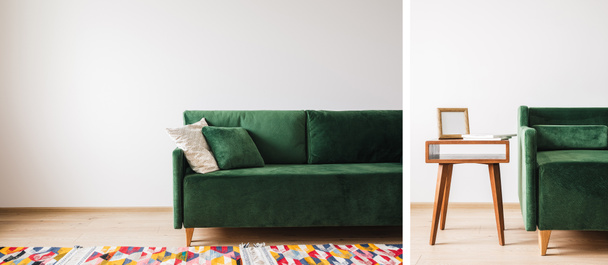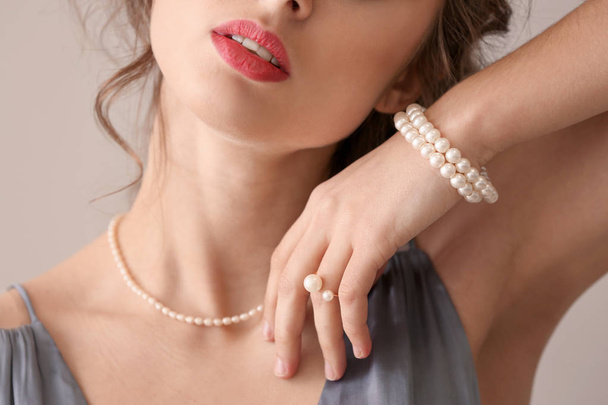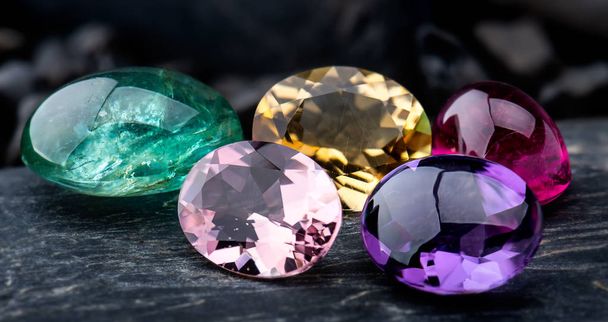Introduction
In the vibrant tapestry of French culture, traditional clothing stands as a significant thread, weaving together history, regional identity, and fashion. From the elegant dresses of the bourgeoisie to the rustic attire of rural peasants, French clothing reflects the diverse social, economic, and cultural landscape of the country. In this comprehensive exploration, we delve into the fascinating realm of traditional French clothing, tracing its evolution, significance, and enduring influence on contemporary fashion.

Historical Overview of French Clothing
Ancient Origins: Tracing the Roots
French clothing has a rich and storied history dating back to ancient times. Influenced by Celtic, Roman, and Germanic cultures, early French attire was characterized by simplicity and functionality. Tunics, togas, and draped garments dominated the wardrobe, reflecting the practical needs of agrarian societies.
Medieval Splendor: The Age of Chivalry
The medieval period witnessed a dramatic transformation in French clothing, with the rise of feudalism and the emergence of courtly culture. Nobles adorned themselves in luxurious fabrics, such as silk, velvet, and brocade, showcasing their wealth and status. Fashion became a symbol of power and prestige, with elaborate garments embellished with embroidery, jewels, and intricate detailing.
Renaissance Elegance: A Flourish of Artistry
The Renaissance era brought a renewed emphasis on art, literature, and aesthetics, influencing French fashion in profound ways. Inspired by Italian Renaissance ideals, French clothing became more refined, with emphasis on proportion, symmetry, and classical motifs. The invention of the spinning wheel and loom revolutionized textile production, leading to the widespread availability of fine fabrics such as damask, satin, and lace.
Regional Diversity in French Clothing
Parisian Chic: The Epitome of Elegance
Paris, the fashion capital of the world, has long been synonymous with style, sophistication, and innovation. From haute couture houses to trendy boutiques, the streets of Paris exude an air of effortless glamour. Iconic garments such as the little black dress, the Breton striped shirt, and the Chanel suit have become enduring symbols of Parisian chic, embodying timeless elegance and refinement.
Provencal Charm: A Celebration of Color
In the sun-drenched region of Provence, traditional clothing reflects the vibrant colors and rustic charm of the Mediterranean countryside. Women wear brightly colored skirts, embroidered blouses, and straw hats adorned with ribbons and flowers, while men opt for linen shirts, woven espadrilles, and wide-brimmed hats. Traditional Provençal fabrics such as indienne, toile de Jouy, and calico are prized for their intricate patterns and cheerful motifs.
Alsatian Heritage: A Tapestry of Tradition
The Alsace region boasts a rich cultural heritage, reflected in its distinctive traditional clothing known as the “tracht.” Characterized by elaborate embroidery, intricate lacework, and colorful ribbons, Alsatian attire is a testament to the region’s Germanic influences and Franco-German history. Women wear dirndl dresses with fitted bodices and full skirts, adorned with aprons and lace collars, while men don lederhosen paired with embroidered shirts and woolen vests.
Evolution of French Fashion: From Past to Present
Haute Couture Revolution: The Birth of Luxury
The late 19th century witnessed the emergence of haute couture in Paris, with fashion houses such as Worth, Chanel, and Dior leading the way in luxury and innovation. Haute couture garments are meticulously crafted by hand, using the finest materials and artisanal techniques. Each couture piece is a work of art, tailored to perfection and designed to showcase the skill and creativity of the designer.
Ready-to-Wear Renaissance: Fashion for the Masses
The 20th century saw the democratization of fashion, with the advent of ready-to-wear clothing making high-end fashion more accessible to the masses. French designers such as Yves Saint Laurent, Coco Chanel, and Christian Lacroix pioneered the ready-to-wear movement, bringing luxury and style to a wider audience. Ready-to-wear collections offer a perfect blend of quality, affordability, and versatility, catering to diverse tastes and lifestyles.
Traditional French Clothing in Modern Times
Preservation and Revival: Honoring Heritage
Despite the influence of globalization and changing fashion trends, traditional French clothing continues to thrive in modern times, thanks to dedicated efforts to preserve and promote cultural heritage. Festivals, folkloric events, and cultural institutions play a vital role in celebrating traditional attire and keeping age-old traditions alive. Designers and artisans draw inspiration from the past, reinterpreting traditional motifs and techniques in contemporary designs.
Sustainable Fashion: A Return to Roots
In an age of fast fashion and disposable consumerism, there is a growing trend towards sustainable and eco-friendly clothing. Traditional French clothing, with its emphasis on quality craftsmanship, natural fibers, and timeless design, aligns perfectly with the principles of sustainability. From locally sourced materials to ethical production practices, traditional artisans are leading the way in creating fashion that is both stylish and sustainable.
Traditional French Clothing by Region
| Region | Traditional Attire |
|---|---|
| Paris | Chanel suit, little black dress, Breton shirt |
| Provence | Embroidered blouses, colorful skirts, straw hats |
| Alsace | Dirndl dresses, lederhosen, embroidered shirts |
Evolution of French Fashion
| Era | Key Developments |
|---|---|
| Medieval | Rise of courtly fashion, luxury textiles |
| Renaissance | Influence of Italian fashion, introduction of lace |
| Haute Couture | Birth of luxury fashion houses, craftsmanship |
| Ready-to-Wear | Democratization of fashion, mass production |
Conclusion:
In conclusion, traditional French clothing represents more than just garments; it is a living expression of history, culture, and identity. From the opulent gowns of the nobility to the humble attire of rural peasants, French clothing tells the story of a nation rich in diversity and tradition. By embracing and preserving this cultural heritage, we not only honor the past but also inspire future generations to appreciate the beauty and significance of traditional dress. As we continue to explore the intricate tapestry of French fashion, let us celebrate the timeless elegance and enduring legacy of traditional clothing.

